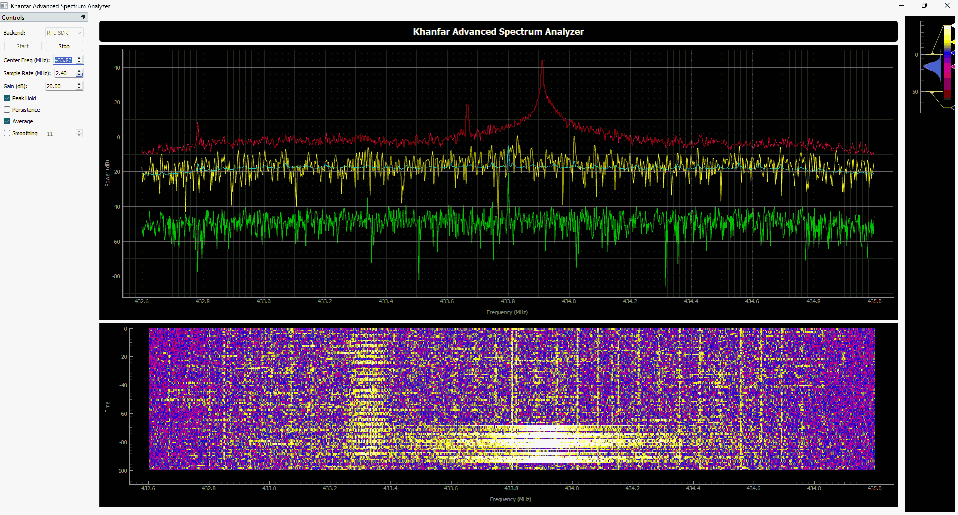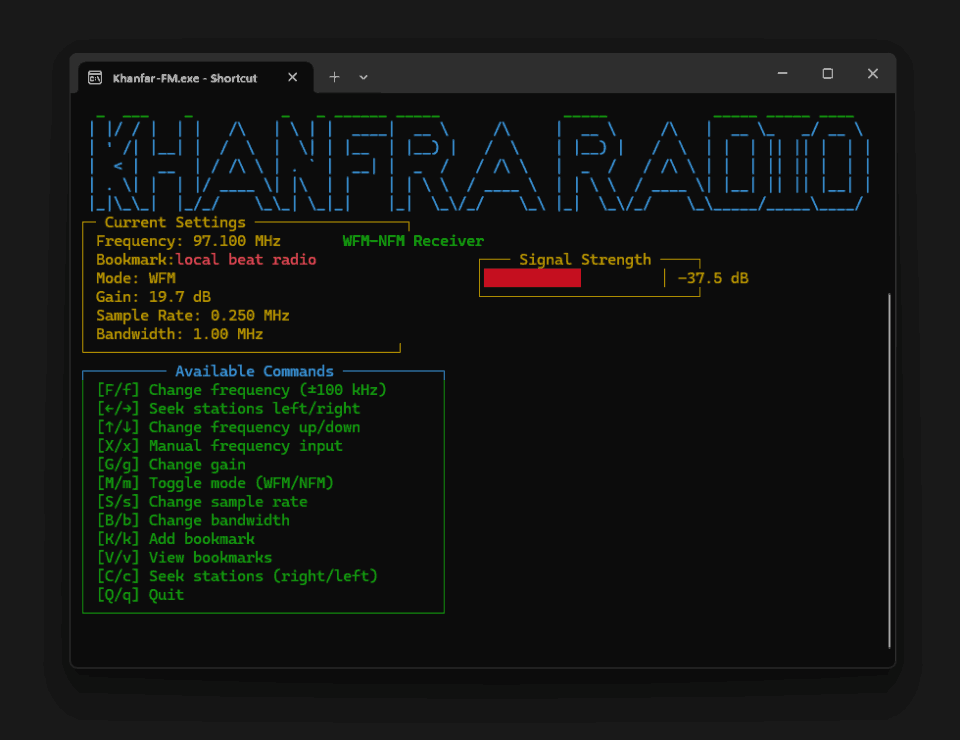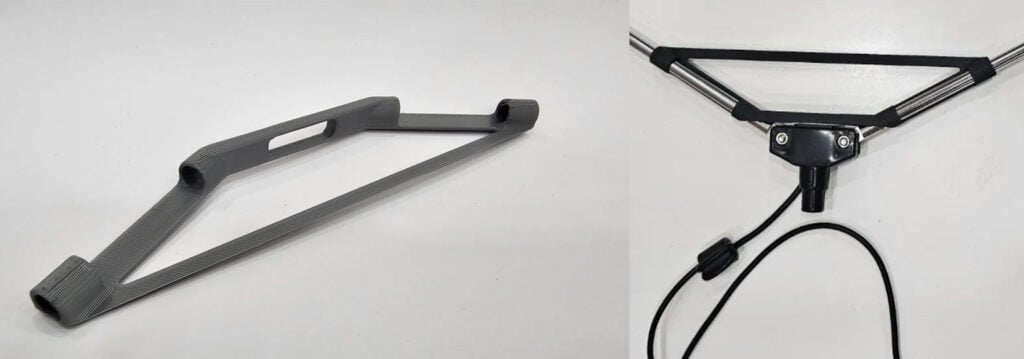TechMinds: Building a Portable ADS-B Aircraft Tracker and VHF Airband Radio Receiver
Over on the TechMinds YouTube channel, Matt has uploaded a video demonstrating a portable ADS-B aircraft tracker with VHF airband radio reception as well. The build consists of a 7-inch screen, Raspberry Pi 4 and two RTL-SDR dongles.
In the video, Matt shows what hardware is required, how it's all put together, and how to install the OS and software and set it up. The software Matt uses for displaying aircraft is tar1090, a comprehensive web interface for ADS-B data. For receiving AM VHF airband communications, he uses an HTML5-based RTL-SDR receiver that can run directly in the Chromium browser and connect to a local RTL-SDR through the web interface.





